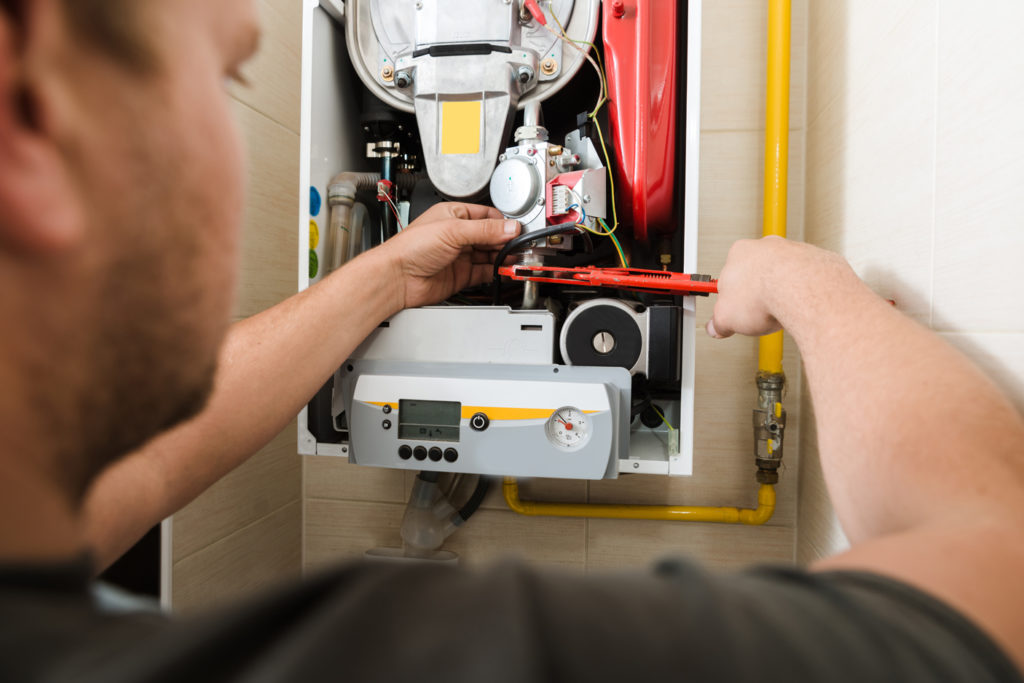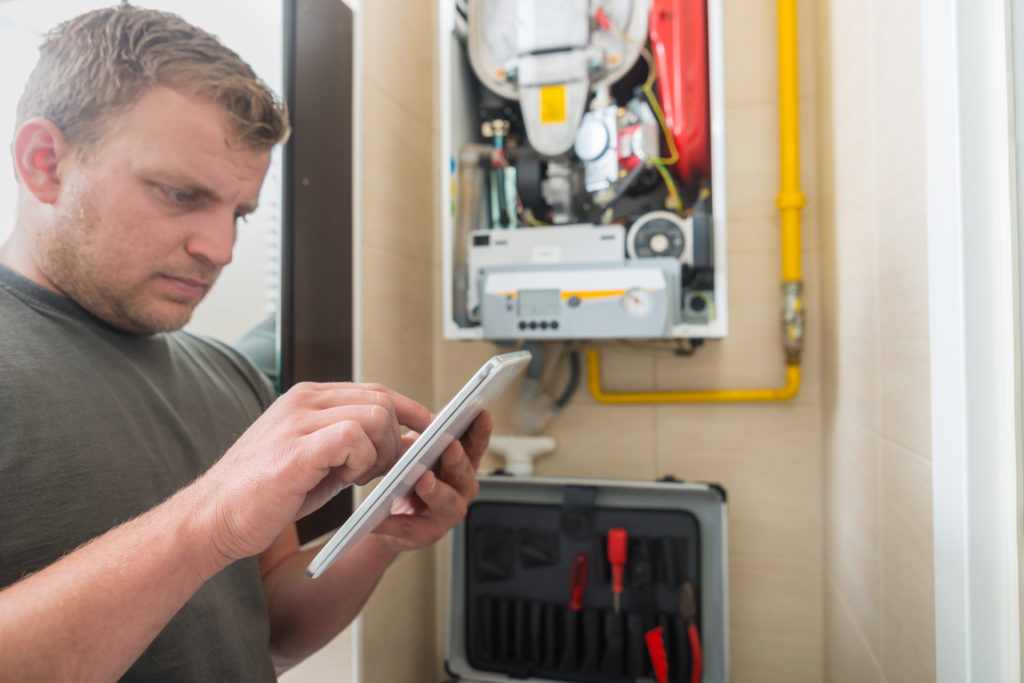New measures for tenant satisfaction are currently under consultation by the Government. A drastic change in attitudes towards first-time fix rates is crucial if housing associations are to provide quality homes and services that keep tenants happy, says Dave Griggs, Managing Director of Spares & Services at City Plumbing.
Over my three decades in the industry, I have come to learn that tenant satisfaction relies heavily on keeping the water hot and the heating ticking. But now, with the Government proposing new measures for tenant satisfaction, keeping homes and tenants warm is more important than ever — which is why there should be greater importance put on first-time fixes.
What is a first-time fix?
There is no standard measurement of success when it comes to first-visit fixes, due to housing associations having
different views of what a first-time fix is, and different ways of monitoring KPIs. Many housing associations and their contractors consider a first-time fix as a heating engineer attending the property to assess the problem and then returning for a second time to fix the problem; however, the problem isn’t actually fixed during the first “assessment visit”. From a tenants’ perspective, the problem isn’t resolved until their heating and hot water are back up and running and as an industry, we need to start ensuring our expectations match.
First-time fix rates should be focused on the restoration of heat, rather than an engineer identifying the problem and setting a date to return to fix it. Drawing comparisons from other industries, the KPIs of a call centre aren’t just measured on answering the phone within 10 rings; they are focused on resolving the issue at the first point of contact.
The current way of doing things is neither useful to a tenant nor efficient for business. And now that the Government’s proposal includes measures on ‘handling tenants’ complaints effectively’ and ‘keeping properties in good repair, it’s something that needs addressing.

Use data to your advantage Since I started in the industry in 1991, it is safe to say that a lot has changed. Gone
are the days of having to see a boiler to know what parts are needed, now managers can invest in data and apps to
do some of the leg work.
Engineers should be encouraged to collect as much data about the heating systems within property portfolios as
possible. While tenants are usually able to tell us what make and model their boiler is, it’s the finer details which determine exactly which spare parts are required, details which are not easy to identify to the untrained eye. And it’s these details that make the difference between achieving a true first-time fix, or not.
Annual servicing presents an ideal time for engineers to collect data like serial numbers, and theoretically, housing
associations can have an accurate picture of all their properties within 12 months.
Preventative maintenance
Having this data can also enable housing associations or their contractors to compare the failure rates of one boiler
against another so that they can ensure only the most reliable boilers are installed in their properties going forward.
This use of data can also be combined with monitoring systems such as ‘Vericon’, which utilise diagnostics to provide real-time fault notifications even before the resident has time to spot the issue; this is particularly useful to maximise the safety of elderly or vulnerable residents who are unable to raise an alert themselves.
From a merchant’s perspective, we can also use data to help us provide a truly local service to our customers. If a
housing association tells us they are going to fit 500 new properties with a particular model of boiler and we understand that that model is likely to show a particular fault within a few years, we can ensure that our branches local to these properties have the stock to replace the parts within that specific boiler, without the need for triage, and in some cases, before the fault causes a failure in the system.
As an industry, we need to aim to get the right part, in the right hands, at the right time, as it is this that will ensure
consistent first-time fixes for tenants. Using the technology available to improve service operations will go a long way in making this possible.

Steady communication wins the race
Improving communication with tenants can also go a long way in improving first-time fix rates. Better communication with tenants on how to resolve issues like repressurising the boiler or bleeding radiators can free up masses of time for engineers in the field and ensure that tenants facing bigger problems can be prioritised.
When a tenant reports a minor issue with their housing association, the association can work out if the issue can
be fixed easily. If so, this becomes a ‘softfix’ and they can talk the tenant through how to, for example, safely bleed their radiators; therefore, restoring heat without the need to call out an engineer.
Also, if the operative knows that a certain part will be needed for a particular fault, they can tell the tenant how long it will take for the part to be obtained, and in the meantime, the housing association or landlord can organise temporary heating.
It’s high time that first-time fix rates are measured on customer satisfaction, and it is data-led fault-finding that can make this a reality. By understanding your tenants’ heating systems in more detail, we can reduce the need for unnecessary call-outs, ensure replacement parts are readily available, and ultimately, ensure that tenants are happy with the service you provide.









